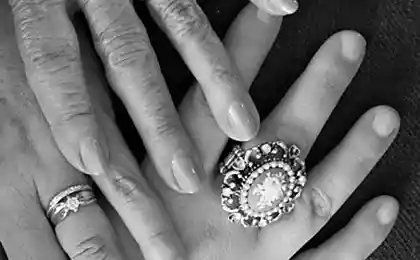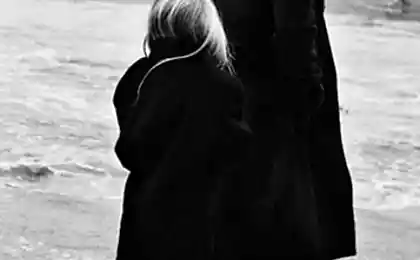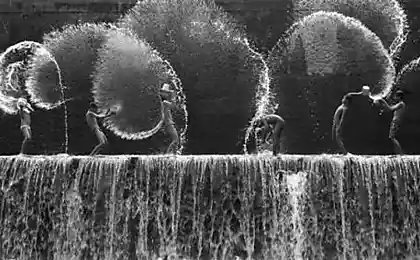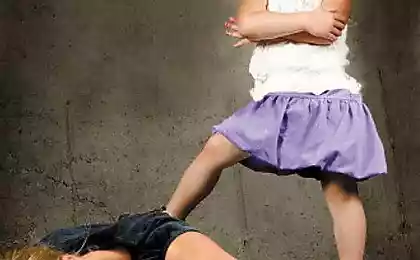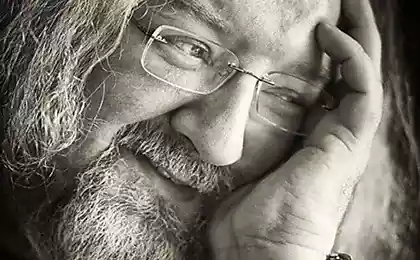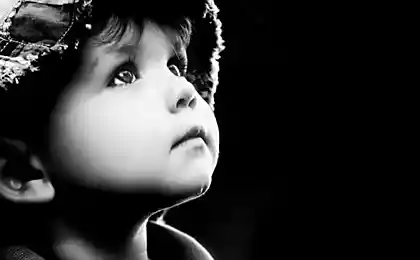199
What cartoons children like
Like everyone born in the USSR, I fondly remember my Soviet childhood and cartoons of those years. Good, interesting and instructive stories that we were ready to watch again and again. Many phrases of them instantly became winged, and the characters deserved truly popular love.
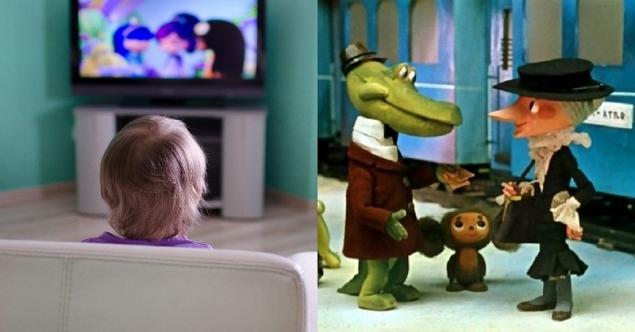
Why, then, do our children frankly miss watching the adventures of the good crocodile Gena and the world’s best tamer of housekeepers? How did they literally get hooked on completely soulless, according to many parents, cartoons about fairies, transformers, superheroes and all sorts of monsters?
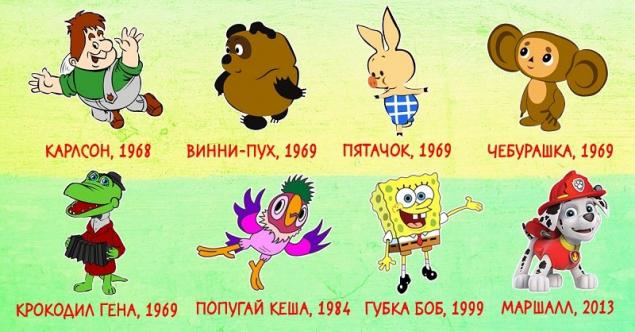
“I don’t want Cheburashka, I want Puppy Patrol,” my son is capricious, refusing to join the classics beloved by his parents. Are we so different, or are Soviet cartoons really outdated and no longer meeting the requirements of the time?
The first thing that catches the eye when comparing old Soviet animation and modern is the visual difference. Technology is developing, and children every day see around them much more bright, fast and media than in all Soviet cartoons combined.

In modern cartoons, a riot of colors blooms, and most of the tapes of our childhood against this background look pale, murky and dull. Very often they are also dolls, which for modern children is unusual and simply frightening.
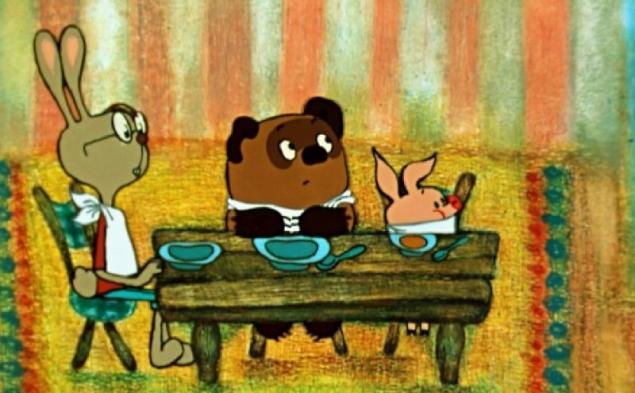
There’s nothing strange or wrong with them liking the bright colors, dynamism, three-dimensionality, and visual experimentation that, in truth, used to be enough.
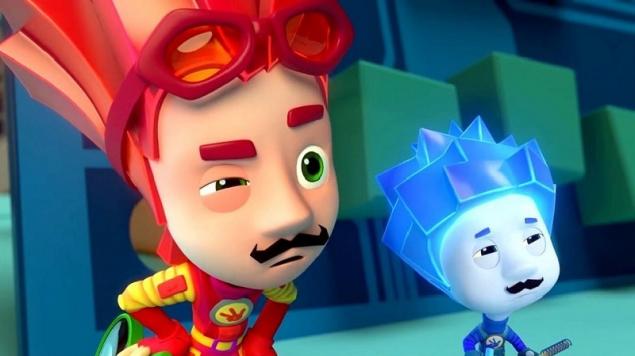
Soviet cartoons lose animations of the XXI century outwardly, but this is only a consequence of the passage of time, not their quality. Another production technology, other equipment and speed of action in the frame. And the fact that children are bored, nothing can be done, you need to put up with it.
470290
The second reason is stories. Many heroes of Soviet cartoons Children are alien. They cannot associate themselves with them, but simply watch them uninteresting, they are not fantastic enough, not funny enough, too serious and instructive.
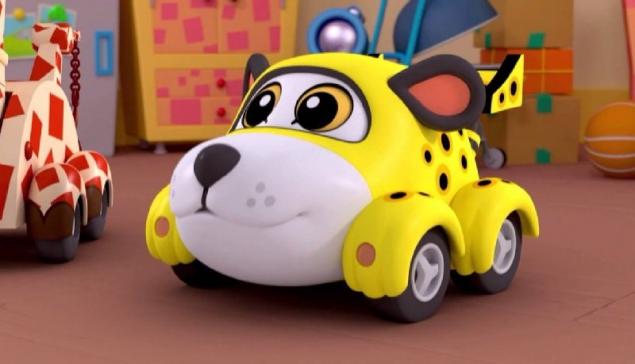
In contrast, the characters of Vrumiz, Masha and the Bear and Puppy Patrol are on the same wavelength with the child, these are real children who can and should have fun. They are not afraid of their mistakes and play to the fullest, educating through joy and laughter.
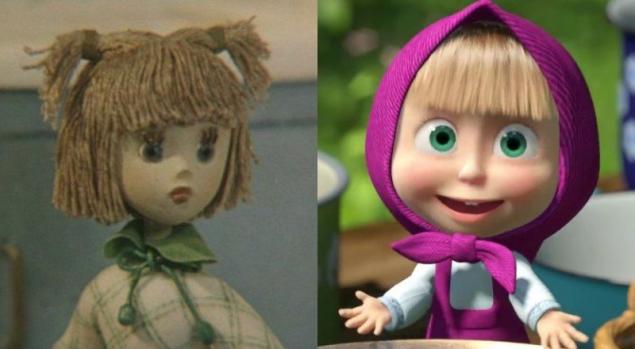
For this reason, Masha is better than Natasha from Kuzi House. Masha is brave and can say no, and that’s okay. Therefore, the inquisitive “Mi-bears” are more interesting for children than the philosophizing Hedgehog out of the fog.
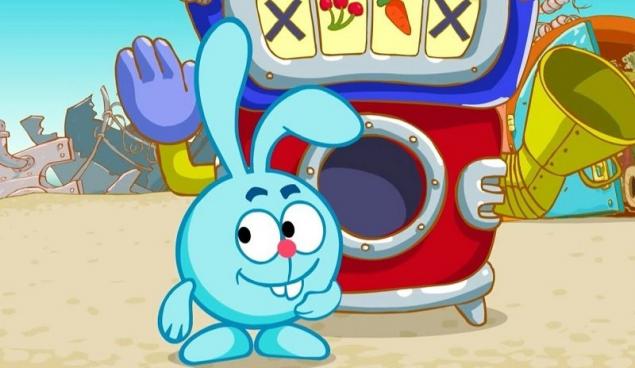
I am glad that quality animation content is coming out more and more. For example, developing and cartoon "Smeshariki", "Barboskins", "Luntic", "Dasha-tracker", "Fixiki".
Another 20 years will pass, and our grandchildren will probably be bored watching Masha and the Bear and Smesharikov. They'll prefer something new. Is that so bad? It seems to me that each generation has its own cartoons, and it is not necessary to force your views.
For those who think otherwise or want to briefly return to childhood, the editorial board "Site" She has prepared a magical collection of more than 150 Soviet cartoons. Many of them make sense to reconsider. Take the same "Hedgehog in the Fog", but as a child I did not like him.

Why, then, do our children frankly miss watching the adventures of the good crocodile Gena and the world’s best tamer of housekeepers? How did they literally get hooked on completely soulless, according to many parents, cartoons about fairies, transformers, superheroes and all sorts of monsters?

“I don’t want Cheburashka, I want Puppy Patrol,” my son is capricious, refusing to join the classics beloved by his parents. Are we so different, or are Soviet cartoons really outdated and no longer meeting the requirements of the time?
The first thing that catches the eye when comparing old Soviet animation and modern is the visual difference. Technology is developing, and children every day see around them much more bright, fast and media than in all Soviet cartoons combined.

In modern cartoons, a riot of colors blooms, and most of the tapes of our childhood against this background look pale, murky and dull. Very often they are also dolls, which for modern children is unusual and simply frightening.

There’s nothing strange or wrong with them liking the bright colors, dynamism, three-dimensionality, and visual experimentation that, in truth, used to be enough.

Soviet cartoons lose animations of the XXI century outwardly, but this is only a consequence of the passage of time, not their quality. Another production technology, other equipment and speed of action in the frame. And the fact that children are bored, nothing can be done, you need to put up with it.
470290
The second reason is stories. Many heroes of Soviet cartoons Children are alien. They cannot associate themselves with them, but simply watch them uninteresting, they are not fantastic enough, not funny enough, too serious and instructive.

In contrast, the characters of Vrumiz, Masha and the Bear and Puppy Patrol are on the same wavelength with the child, these are real children who can and should have fun. They are not afraid of their mistakes and play to the fullest, educating through joy and laughter.

For this reason, Masha is better than Natasha from Kuzi House. Masha is brave and can say no, and that’s okay. Therefore, the inquisitive “Mi-bears” are more interesting for children than the philosophizing Hedgehog out of the fog.

I am glad that quality animation content is coming out more and more. For example, developing and cartoon "Smeshariki", "Barboskins", "Luntic", "Dasha-tracker", "Fixiki".
Another 20 years will pass, and our grandchildren will probably be bored watching Masha and the Bear and Smesharikov. They'll prefer something new. Is that so bad? It seems to me that each generation has its own cartoons, and it is not necessary to force your views.
For those who think otherwise or want to briefly return to childhood, the editorial board "Site" She has prepared a magical collection of more than 150 Soviet cartoons. Many of them make sense to reconsider. Take the same "Hedgehog in the Fog", but as a child I did not like him.



